- Introduction
- Assess Your Manufacturer’s Unique Risks
- Evaluate Current Safety Protocols
- Review Historical Loss Data
- Identify Equipment and Machinery Exposures
- Analyze Supply Chain Vulnerabilities
- Determine Regulatory and Compliance Requirements
- Audit Workforce Training and Certification
- Inspect Facility Maintenance Practices
- Quantify Financial Impact Scenarios
- Consult with Risk Management and Insurance Experts
- Conclusion
1. Introduction
Securing the right manufacturing insurance starts with a clear understanding of your business risks.
A thorough risk management checklist can save you time, money, and stress when you select coverage.
By following these ten essential steps, you’ll gain confidence in your insurance decisions and ensure your operations stay protected.
In this guide, we’ll break down each item so you can take practical action immediately.
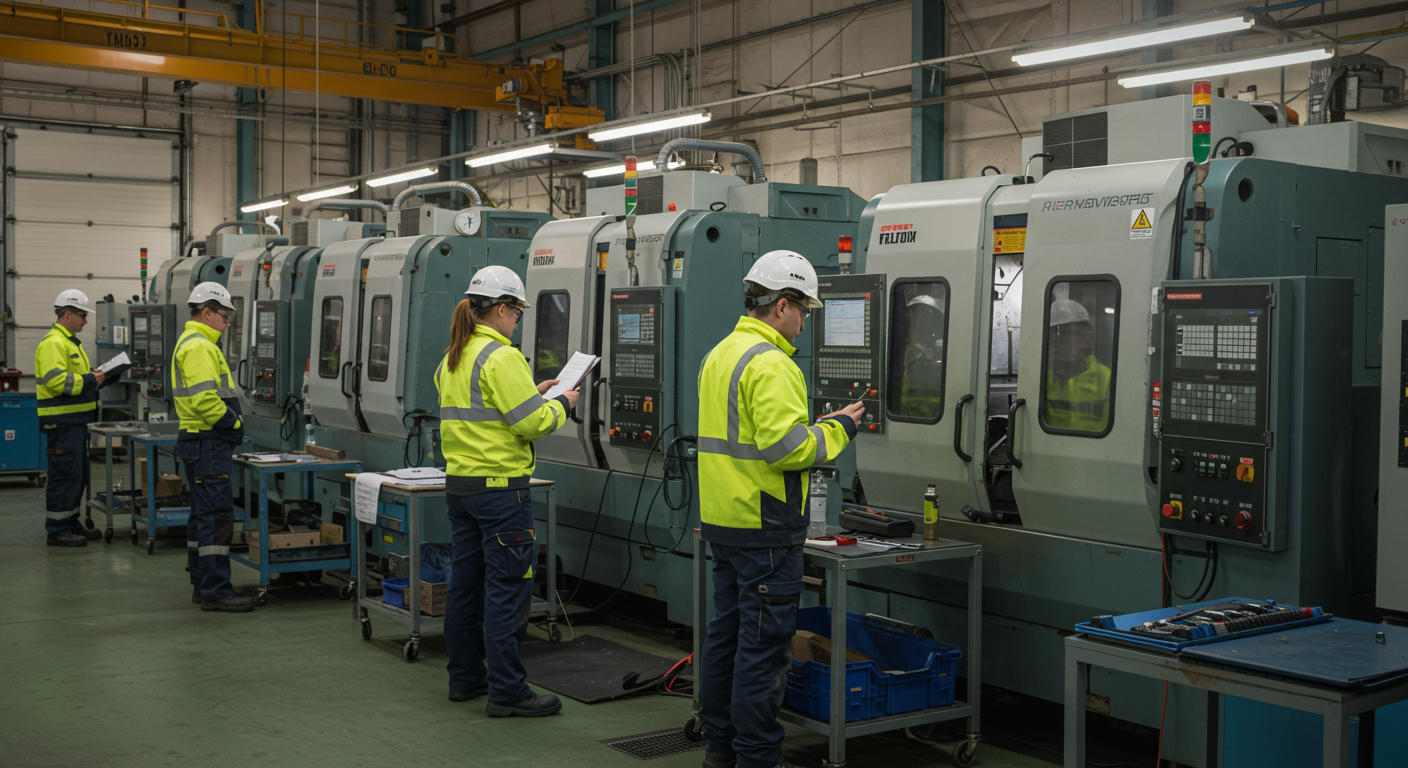
2. Assess Your Manufacturer’s Unique Risks
Every manufacturing facility has its own set of hazards based on products, processes, and materials used.
Begin by mapping out your production line, noting high-temperature equipment, chemical storage, and automated machinery.
Consider environmental factors such as humidity, dust exposure, or nearby traffic that could contribute to workplace incidents.
Identify product-specific risks like flammable materials, sharp components, or toxic byproducts.
This tailored risk profile forms the foundation for accurate insurance quotes and effective loss prevention strategies.
3. Evaluate Current Safety Protocols
Review your existing safety manuals, standard operating procedures, and hazard communication plans.
Check that emergency exits, fire suppression systems, and spill containment measures are up to date and fully operational.
Walk your facility with a fresh set of eyes or involve an external safety consultant to spot blind spots.
Confirm that safety signage is visible, training logs are organized, and personal protective equipment is readily accessible.
Strong protocols not only reduce incident frequency but also demonstrate to insurers that you take risk mitigation seriously.
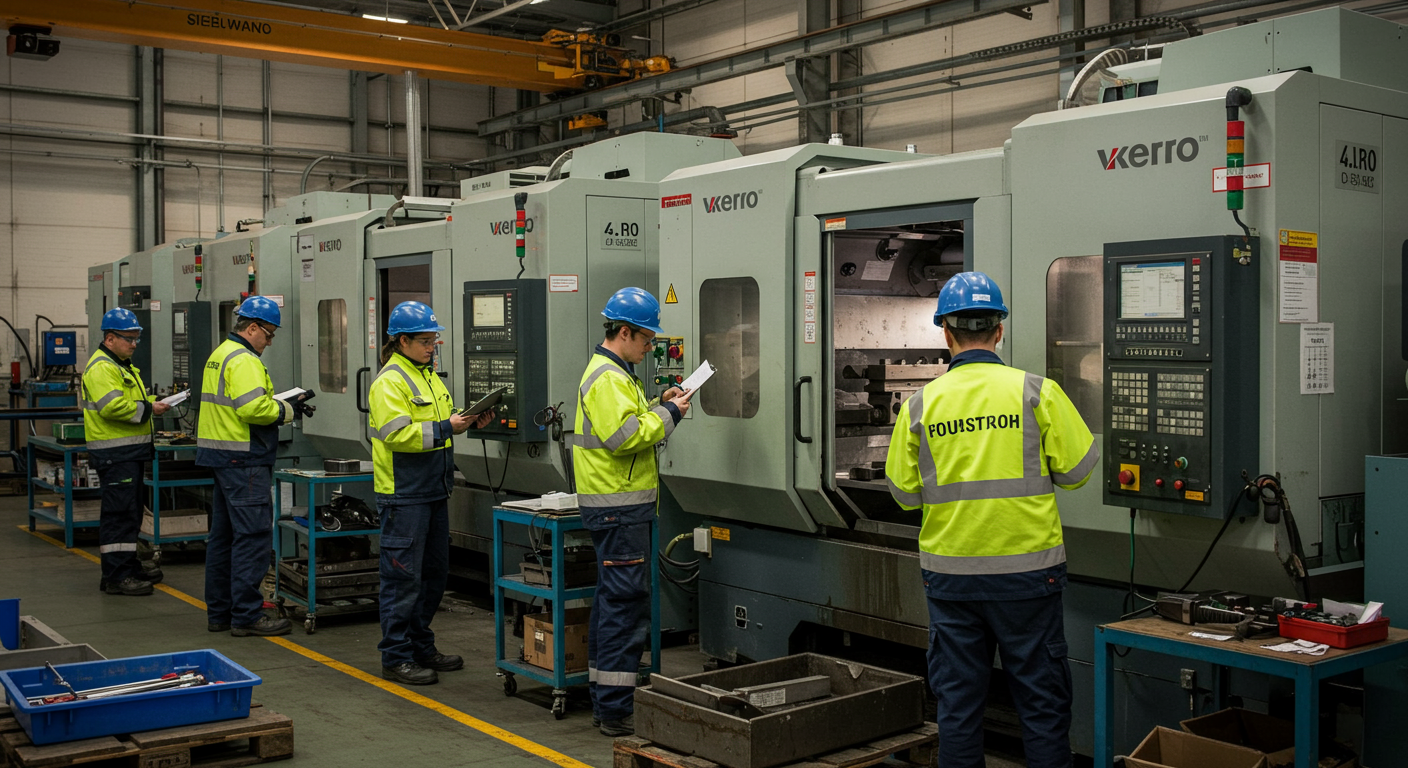
4. Review Historical Loss Data
Analyze your past claims, incidences, and near misses over the last three to five years.
Look for patterns in recurring incidents or seasonal spikes that may indicate underlying issues.
Quantify costs associated with property damage, business interruption, and liability claims to understand your true exposures.
Subtract any one-off events from trend data to focus on systemic vulnerabilities that need correction.
This historical lens helps you negotiate better policy terms and prioritize investments in risk controls.
5. Identify Equipment and Machinery Exposures
Catalog each major piece of equipment along with its age, maintenance history, and replacement cost.
Pay special attention to high-risk machines such as presses, conveyors, and automated robots.
Evaluate power sources, electrical load distribution, and backup systems in case of outages.
Check for safety guards, lockout/tagout procedures, and remote monitoring technologies that can prevent accidents.
A detailed equipment audit allows insurers to tailor coverage limits and recommend additional endorsements as needed.
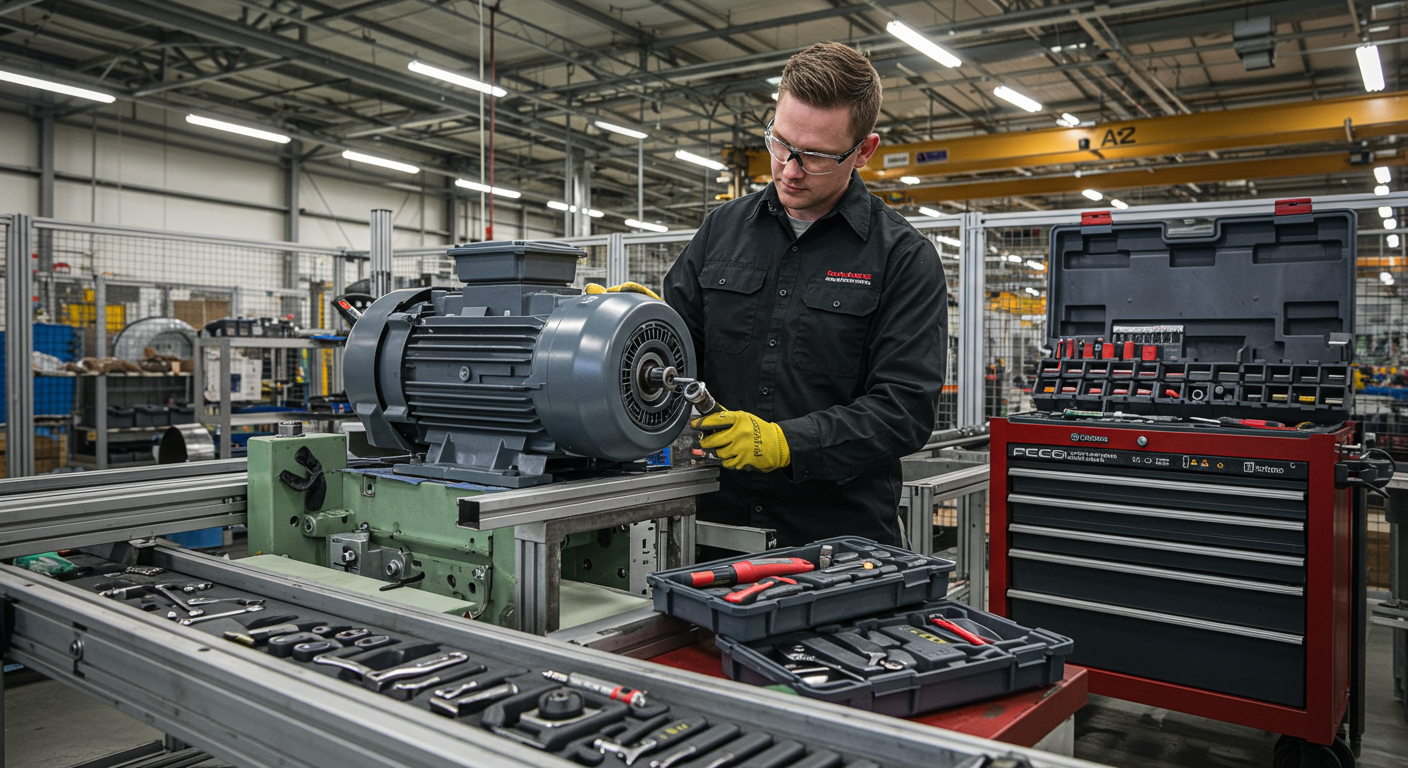
6. Analyze Supply Chain Vulnerabilities
Trace the flow of raw materials, components, and finished goods between suppliers, your plant, and customers.
Identify single-source suppliers, fluctuating lead times, or geopolitical risks that could disrupt operations.
Consider scenarios like delays at ports, vendor quality issues, or sudden tariff increases that might impact your bottom line.
Assess stock levels, alternative sourcing options, and working capital reserves to weather supply shocks.
Highlighting these vulnerabilities in advance positions you to secure business interruption and contingent coverage.
7. Determine Regulatory and Compliance Requirements
Research federal, state, and local regulations that apply to your manufacturing processes.
Consider OSHA standards, EPA requirements, building codes, and industry-specific guidelines.
List out each regulation you must follow:
-OSHA general industry standards
-Hazardous materials handling rules
-Air and water permitting obligations
-Seismic or electrical inspection mandates
-Noncompliance can lead to fines, shutdowns, or increased insurance premiums.
Staying proactive with regulatory audits and documentation reduces the risk of enforcement actions.

8. Audit Workforce Training and Certification
Your team’s expertise is central to minimizing workplace incidents and product defects.
Review training schedules, certification records, and competency assessments for each role.
Verify that machine operators, forklift drivers, and hazardous materials handlers hold up-to-date licenses.
Incorporate refresher courses on first aid, fire response, and ergonomics to reinforce safe work habits.
A well-trained workforce not only lowers injury rates but can earn you premium credits from insurers.
9. Inspect Facility Maintenance Practices
Preventive maintenance keeps machinery running smoothly and reduces sudden breakdowns.
Examine maintenance logs for scheduled inspections, lubrication routines, and part replacements.
Look for deferred maintenance items that need immediate attention or planned capital upgrades.
Investigate the condition of roofs, flooring, ventilation systems, and exterior lighting.
Facilities in good repair demonstrate operational diligence, which can translate into lower insurance costs.
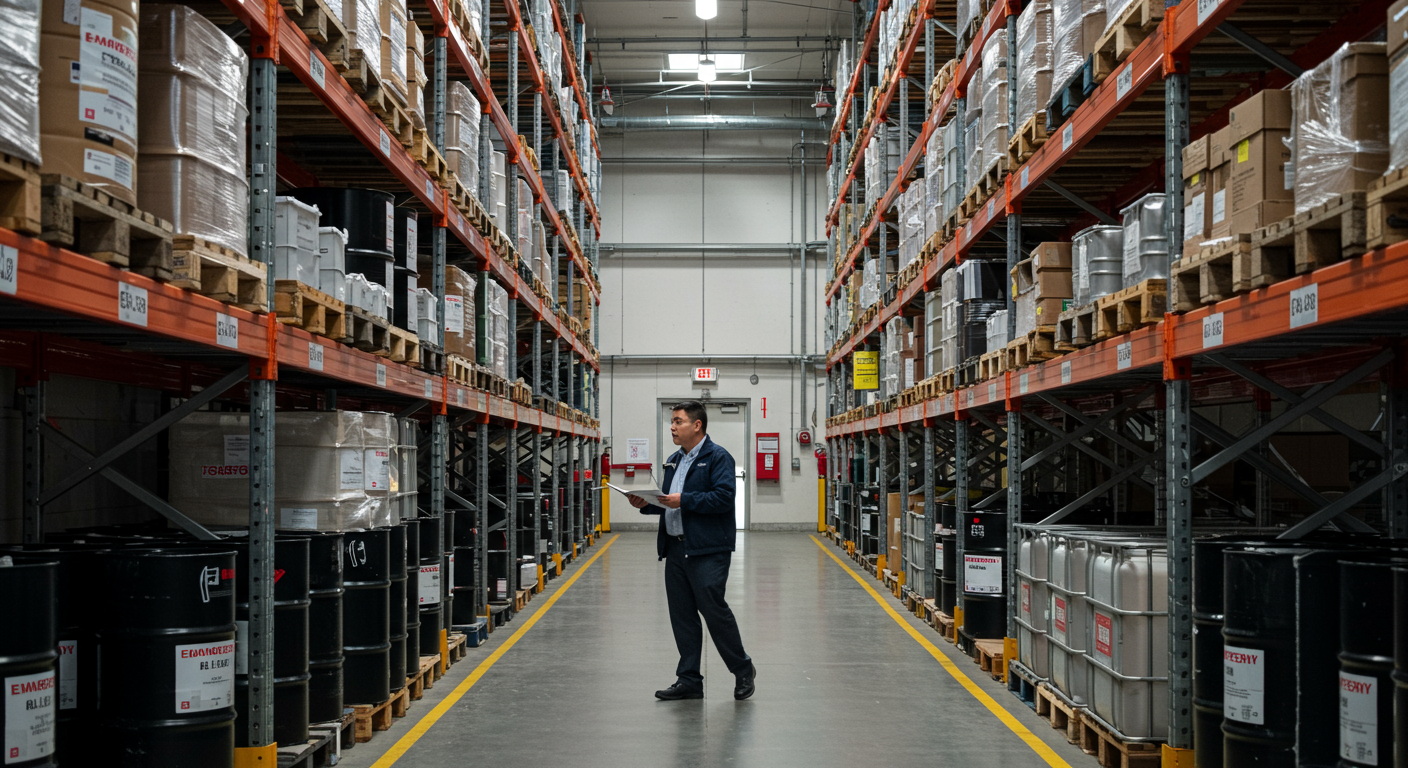
10. Quantify Financial Impact Scenarios
Run through worst-case, moderate, and best-case loss scenarios to gauge your financial exposure.
Estimate direct costs such as property damage, medical expenses, and legal fees.
Include indirect costs like production downtime, reputational harm, and supply chain penalties.
Project cashflow disruptions and determine how long you could sustain an unplanned shutdown.
By quantifying impacts, you can set policy limits that match your risk tolerance and budget constraints.
11. Consult with Risk Management and Insurance Experts
Industry specialists bring deep knowledge of emerging risks, market trends, and coverage gaps.
Schedule consultations with brokers, safety engineers, and claims adjusters to validate your checklist.
Seek customized recommendations on policy enhancements such as cyber liability, product recall, or equipment breakdown endorsements.
Align your risk appetite with available insurance solutions to avoid being over- or under-insured.
Partnering with the right experts streamlines the purchasing process and secures peace of mind.
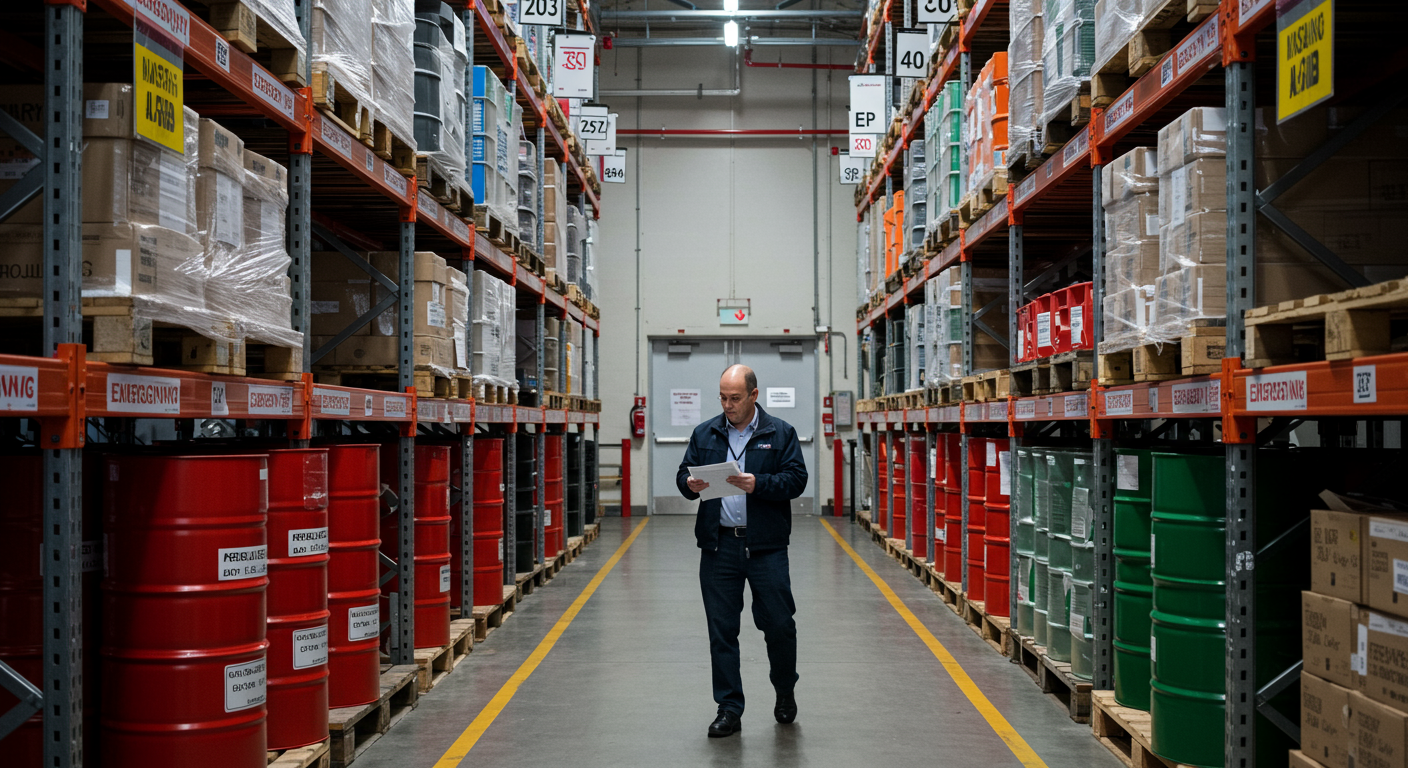
12. Conclusion
A comprehensive risk management checklist is your best ally when purchasing manufacturing insurance.
By assessing unique hazards, reviewing past losses, and stressing your financial resilience, you’ll lock in the right coverage at competitive rates.
Take this ten-step guide as a blueprint to strengthen safety, drive operational transparency, and optimize insurance investments.
Start your risk evaluation today, partner with proven experts, and ensure your manufacturing enterprise is protected for years to come.
